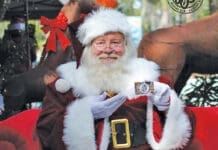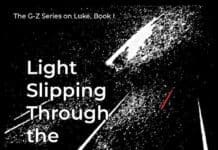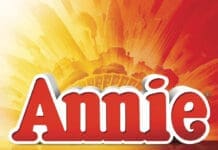Use what you do know to figure out what you don’t know
By Lisa Cyr
It has been said that, “Perception is everything.” That is also true when studying music. A change of perception about music frees the student to improve their musical ability, appreciation, and performance.
Students tend to form perceptions of what a musical piece is about as they begin learning it. This may result in repetitive mistakes that elicit these comments: “I always make a mistake here.” or “I just can’t play this section.” or “It’s too difficult!” Mistakes begin with perception. Often times a student will play a piece in a way that the composer never intended. Perhaps one is playing the song too fast or slow, using the wrong finger patterns, missing sharps and flats, playing too loud!, not seeing the big picture of the melody line, missing beats, or misinterpreting the style of the piece.
For instance, performing Mozart using a Rock style approach (or vice versa) will cause the song to sound wrong to the player. A teacher will bring focus and realignment to the student’s perception, and in a few minutes, what is thought to be difficult becomes easy. A wise teacher once replied to my own exasperation, “The section is not about technique, you must will the music to be so.” I had to change my perception in focus, analysis, and desire to successfully perform the piece.
Use your ABC’s. Music uses the first seven letters of the alphabet as note names in a circular pattern. From an early age, the alphabet is engrained in our subconscious by using songs, flash cards, and repetitive writing. I encourage students to recite the musical alphabet forwards, backwards, and from the middle. Don’t stop at G! Keep going beyond A. This begins to change one’s current perception to take what they already know and view it in a different way.
Count with your fingers! People know that they have five fingers on each hand. However, most people perceive the pointer as their number one finger. In piano and music theory, the pointer is number two and the thumb is number one. As a student changes their view and realigns with the correct musical number system, then improvement in ability and understanding happens quickly.
Music reads like a book. From an early age, we learn to read from left to right. Music is set up the same way. I encourage students to relate their current reading skills to note reading. The student connects their prior knowledge to the new task at hand. Reading music now becomes less daunting.
Counting the beats! If you view beats like foods that we all enjoy, then counting is more relational. I like to use chocolate bars, fruit, and pizza. We all know about sharing, and we all know the size of a smaller portion especially when it comes to chocolate. If you break a one beat chocolate bar in half, then you have two halves, and if into quarters then you can share it four ways. Also the poetic syllables of fruit words lend themselves towards even counting. Such as the word “a-pple” works very well with eighth notes, and the word “pie” works well with quarter notes. These combinations of notes go together just like apple pie!
A sign is taped to my music studio room door. It says, “Always take what you do know, to figure what you don’t.” Perception applied to current knowledge develops understanding.
Lisa Cyr is lead teacher and principal at Studio 237 in Santa Rosa Beach. For more information, call 850-231-3199 or visit www.studio237Music.com.





























































